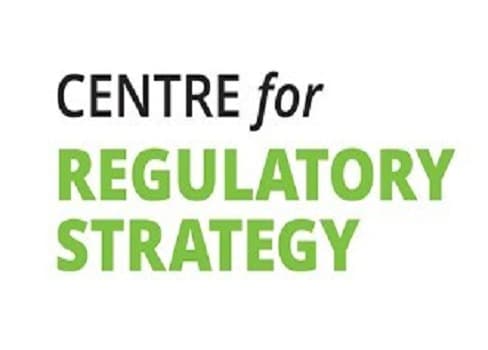Asia Pacific Financial Services Regulatory Updates, Quarter One 2022 has been saved

Perspectives
Asia Pacific Financial Services Regulatory Updates, Quarter One 2022
The Deloitte Asia Pacific Centre for Regulatory Strategy is pleased to share with you the key regulatory updates from our region for Q1 2022.
A year of uncertainty: As the world begins to recover from 2 years of COVID-19 disruptions, new uncertainties are emerging. The US Fed has started raising interest rates and winding down its crisis-induced balance sheet, while signaling its openness to more rapid tightening if necessary. This may well be needed as the conflict in Ukraine is contributing to higher fuel and food prices, driving the US inflation rate to a four-decade high of 8.5% in March 2022. Meanwhile, the global chip shortage remains and could deepen with the crisis in Ukraine, which accounts for an estimated 40-50% of the global production of neon gas needed for semiconductor manufacturing. Supply-side shortages of everything from computers to cars are expected to persist at least for the next year and could add to inflationary pressures.
These uncertainties pose several challenges for AP regulators. First, they could spark volatility in asset prices and exchange rates, thereby impacting financial institutions’ balance sheets. Second, higher interest rates could hurt loan repayments, particularly for borrowers who have leveraged up significantly in recent years. Third, and perhaps most importantly, authorities may need to rebalance their priorities (at least in the short term) between the transition to a greener future on the one hand and price stability and energy security on the other.
Climate and sustainability: AP regulators have been paying closer attention to climate risk over the last two years. Several regulators have issued climate risk management guidelines for financial institutions and adopted enhanced disclosure standards on climate exposures. Some jurisdictions have commenced climate risk stress tests and scenario analyses too. There are also industry-level initiatives to address issues such as data challenges. In addition, authorities are exploring the development of carbon credit markets to facilitate carbon trading and risk management. While these efforts are likely to continue, regulators may review the pace of their policy measures, taking into account considerations around inflation and energy security.
Digital assets: Even before they were touted as a possible avenue for Russia to evade sanctions imposed in the wake of the Ukraine conflict, AP regulators have been paying close attention to the risks that digital assets could pose. Some AP regulators are reviewing their approach to regulating digital assets and related service providers, including the associated money laundering and terrorist financing (ML/TF) risks, their use in day-to-day payments, and the sale of such products to retail investors. At the same time, AP regulators continue to be active in experimenting with different technologies and use cases for central bank digital currencies (CBDCs). These developments can potentially have significant impact on the shape of the financial system in years to come.
Basel III implementation: While some global regulators have dithered on implementing the final Basel III reforms (some extending implementation to as late as 2025 from the original 2022), a number of AP regulators are pushing ahead in their implementation plans, some with implementation dates as early as 2023. This, together with the uneven rollback of COVID-19 support measures across the region, would contribute to further regulatory fragmentation for banks operating in AP. Institutions would do well to review their implementation plans and resources in light of these developments.
For queries or more information on these updates or other regulatory topics, please get in touch.
Recommendations
2022 Asia Pacific Financial Services Regulatory Outlook
Supporting a resilient, sustainable and inclusive recovery for Asia Pacific



